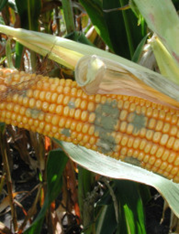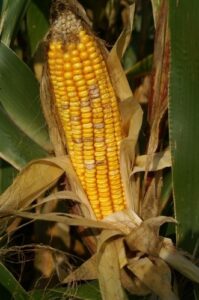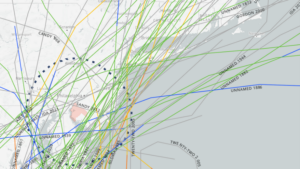The USDA Grain Transportation Report is a weekly publication from the Agricultural Marketing Service. The weekly highlights cover snapshots by sector for Export Sales, Truck, Rail, Barge, and Ocean movements.
Past reports provide a snapshot of production costs and grain delivery to ports, and how grains were ‘moving’ along in the system. These reports are useful for penciling out capital risk. For example:
October 8, 2015 report: National diesel fuel price $2.49
- page 2, feature article: The importance of China to Grain Transportation and Logistics.
- page 4, current transportation issues: slow demand for barge services. No significant rail disruptions.
- page 4, grain transportation cost indicators: Using a base year 2000 = 100 value (biweekly value shown)
- truck 165
- rail 255
- barge 359
- gulf 147
- pacific 126
- page 13, barge movements, all commodities nearly all above three year trend since July.
- to learn more about weather factors affecting the river barge prices see https://www.vicksburgpost.com/2015/07/17/historic-heights-mississippi-river-nears-record-summer-levels/
October 25, 2022 report: National diesel fuel price $5.34
- page 2, feature article: Using inspection data and services metrics to analyze grain rail exports.
- page 4, grain transportation cost indicators: using a base year 2000 = 100 value (biweekly value shown)
- truck 358
- rail 332
- barge 1112
- gulf 284
- pacific 262
- page 12, barge movements, all commodities nearly all below three year trend since July.
- To learn more about weather factors affecting the river barge prices, see https://www.accuweather.com/en/business/mississippi-river-nears-record-low-water-level/1262305
For more indepth reading on these reports and more, see the website: https://www.ams.usda.gov/services/transportation-analysis/gtr-datasets
 Aspergillus mold species often show up after drought conditions, posing a significant risk of aflatoxins in the corn crop if present. Aspergillus molds are carcinogenic to people and cause losses in livestock and poultry. Combine operators and elevator operators should take precautions against inhaling fungal spores. Signs of Aspergillus ear rot include evidence of powdery olive-green mold on the ear tip or on kernels in the ear.
Aspergillus mold species often show up after drought conditions, posing a significant risk of aflatoxins in the corn crop if present. Aspergillus molds are carcinogenic to people and cause losses in livestock and poultry. Combine operators and elevator operators should take precautions against inhaling fungal spores. Signs of Aspergillus ear rot include evidence of powdery olive-green mold on the ear tip or on kernels in the ear.

